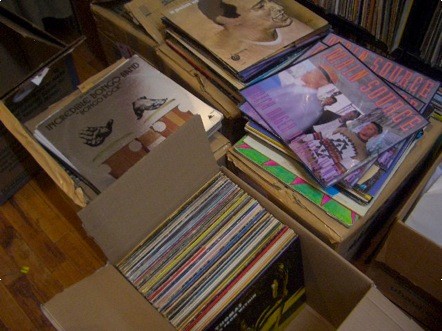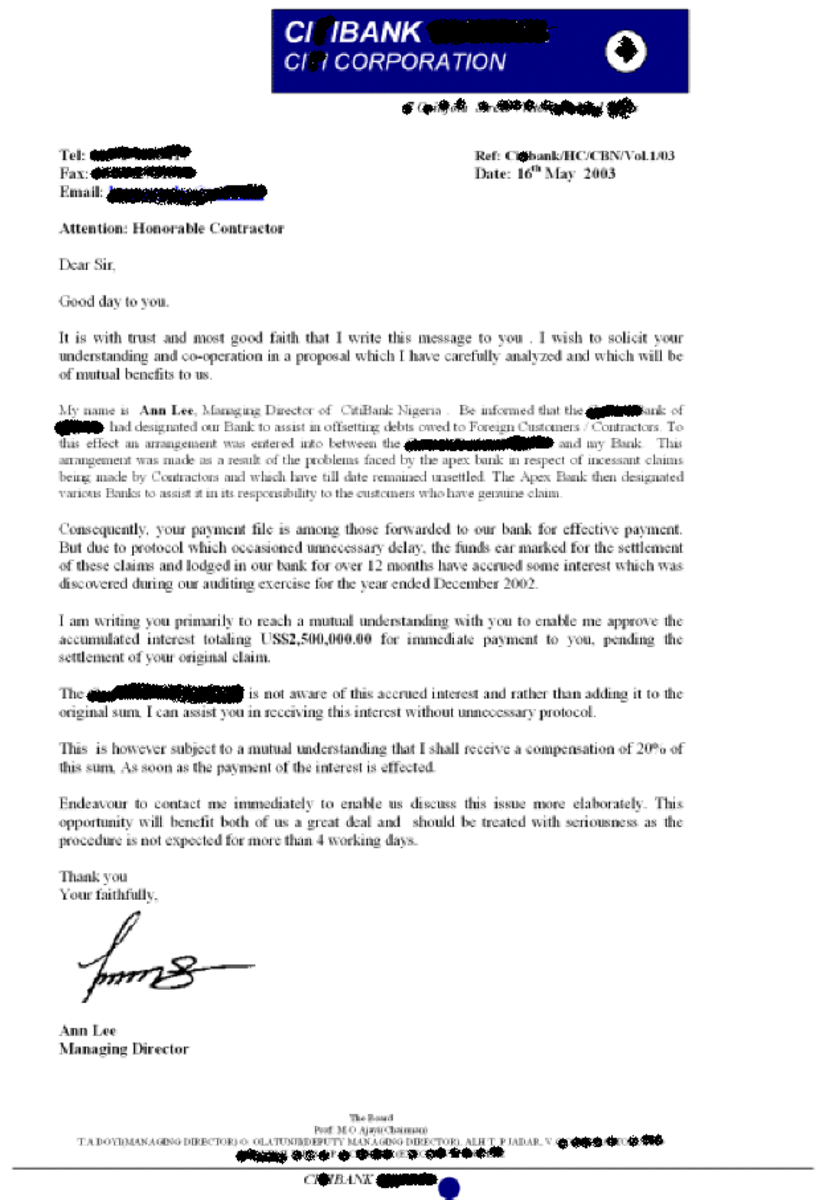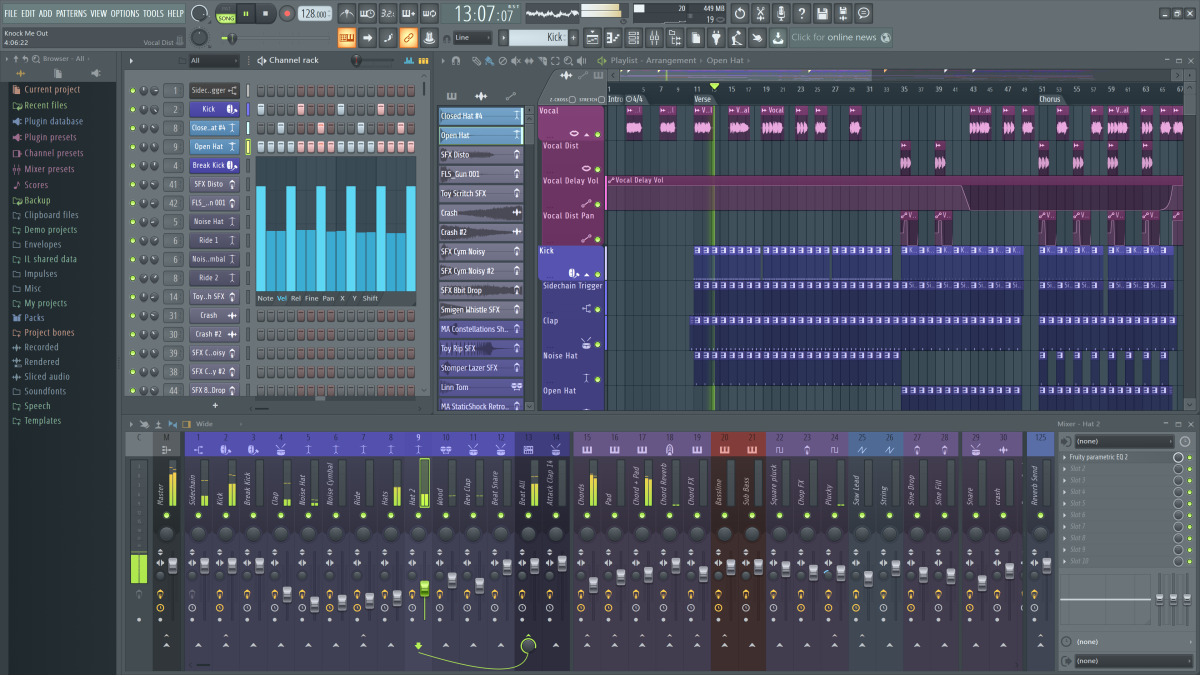Finding a good sample for a music track
Finding a good sample for your production can be the make or break of your track. People have been sampling music for decades, sampling doesn't have to come from old records as most people understand and do, people often sample records from the same generation similar what Kanye West does, sometimes even from the same year. There are people out there who think that sampling is unskilled and lacks originality, I that believe sampling itself is a creative art, it take a very good ear to find a sample and be able to complement that sample with additional instruments, matching the tempo, key and the rhythmic structure.
Hip hop producers are known to mainly sample records but there are many other genres that do it, such as Reggae, Dance, House even Techno. The 90's UK group The Prodigy used an array of samples in the majority of their productions even though their music is in the electronic dance genre. Most of the time it wasn't obvious that samples were used.

The benefits of sampling
Making a new original track is always guesswork, who knows whether it will be successful or not. The human mind is very complex and its almost impossible to predict what music is going to stimulate us. With sampling that work has already been done, using a sample with a very successful catchy melody, chord sequence or bassline takes around 50% of the work from you. People who know the original tune may be drawn into to this newer version. Even people who have never heard the original sample will probably be interested due to the fact that its worked before, and it should work again this time around.
The problem is, is that a lot of the famous catchy tracks have already been sampled and musicians have been using them for decades. This is why a producer will need to do a lot of digging in the crates for fresh, unheard off but catchy samples to make a track with selling potential.
Finding a good sample
- No Percussion - This is the easiest type of audio to sample. If you are able to find segments of tracks with soft instructions (No bass lines), they can be sampled and looped without having to worry too much about exact timing. If there's no percussion, time is not spend by aligning the sample to exactly match your own drums. Good things to sample are Piano riffs, violins and other soft ambient types of sounds.
- The intro - Many tracks from the 60's and 70's have intro with around 4-8 bars of no singing, these are often very for looping and including in modern music especially hip-hop. Many Curtis Mayfield tracks have nice long vocal-less intros.
- Use the Vocals - People will try to avoid vocals to sample the instrumental parts in around 95% of the case. By doing this you are limiting the amount you can sample to around only 5-10% of a track. Producers like Kanye West (through the wire) have actually made use of the vocals. A good way to do this is to sample a slow record around 60-70bpm, take an interesting verse and then play it back around 90-100 bpm for a more uptempo modern feel. The vocals will of course sound faster and higher and they may need to be eq'd out so they are not so prominent. This method sounds good for a lot of modern hip hop/R&B tracks.
- Drums only - Many like to program their only beats, but sampling drums has a lot of benefits. They would have already been compressed and eq'd giving more of a raw characteristic sound then dry drum samples from your favourite software sequencers. A good example of Amerie's "1 thing".
- Kill the Bass - There are many times where you may hear a sample but want to construct your own bass line over it. This can simply done be filtering the low frequencies to remove the bass line using wave editing software such as Soundforge. You may need to apply another eq to beef up the drum since taking away the baseline frequency may soften the percussion.
- Eq On & Off trick - This works by simply using your sample loop with no filtering for the chorus (all instruments) When it comes to the verse, use the same sample but heavily filtered so that only a soft ambient version is heard. This gives the impression that all the energy is release in the chorus but certain instruments are put to rest during the verse.
Go international
- Indian - Indian music is very rhythmic and easy to sample for a 4 in 4 beat. Indian vocals are also a very common inclusion in production. It's best to get an Indian friend translate what they are saying though.
- Arabic - Has very interesting and colorful chords arrangements based on wind instruments for a very ethnic sounding track.
- Japanese - Enka (Traditional folk music) can be very good for sampling, it sits around 50-70bpm so it will need speeding up and editing for use it modern music.
- Anime/Cartonn - Intros usually have good racy music and at a tempo of around 100-120bpms for use in electronic house/techno.
Using international music for samples gives that extra twist since the resulting sound will probably not conform to the usual 2-5-1 common chords progressions.
- Hip hop sampling
Sampling is the technique of finding snipets of commercial records or sounds and including them into your own production. Sampling ranges from short, drum beats sounds, a few seconds of a piano loop, to whole... - Music Sampling - An Introduction | WhoSampled
Introduction to sampling in music on WhoSampled - the web's definitive database of sampled music, remixes and cover songs





